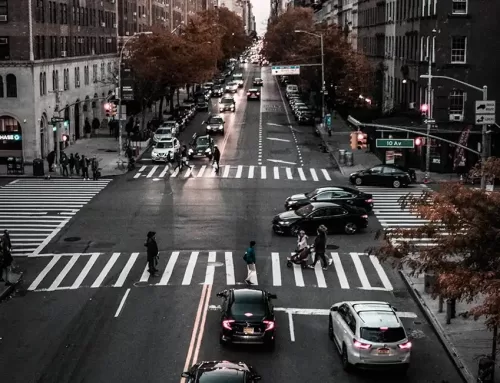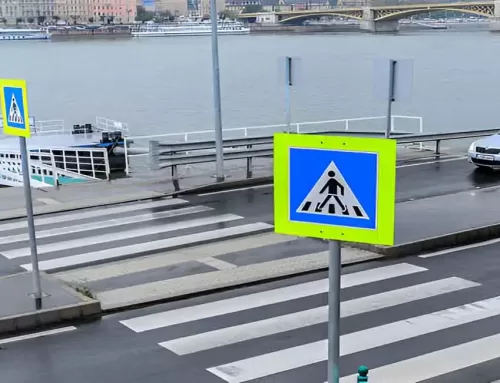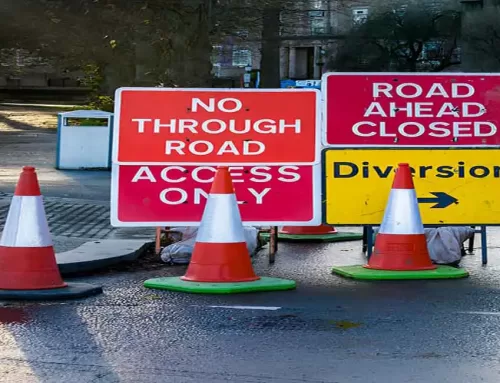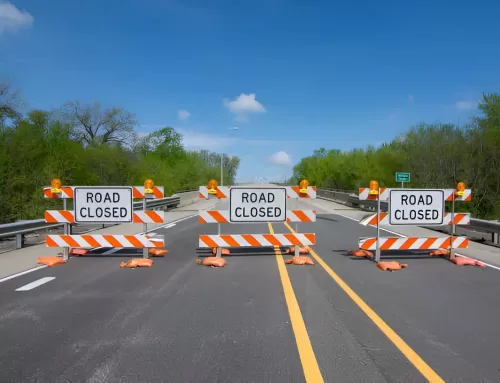How does reflective film ensure driver safety?

What are the functions of car reflective film?
First of all, the application of reflective film on highway traffic signs is very important. According to different levels of highways, different levels of reflective film are used to make signboards. Usually, roads with faster speeds (such as expressways, expressways, first-class highways, etc.) are required to use reflective film with high retroreflection coefficient and strong reflective brightness. Recently, some economically developed areas have also specified the use of high-level reflective film to make road signs, which is both beautiful and improves safety performance.
Secondly, usually roads with slower speeds (such as provincial roads and national roads) use more medium-level reflective film. And some temporary signs usually use low-level reflective film. In addition, the reflective brightness and retroreflection coefficient of reflective film are also very important for improving traffic safety. Reflective film can effectively reflect light, making it easier for drivers to see road signs and signs, thereby improving driving safety.On top of that ,Reflective film can also reduce the temperature inside the car and improve the comfort of riding in the car.Meanwhile, reflective film can also protect the surface of the car, avoid scratches and wear, and protect the gloss and color of the car surface.
In short, car reflective film also plays an important role in protecting cars.
What are the principles and classifications of the reflective film of the highway corrugated guardrail?
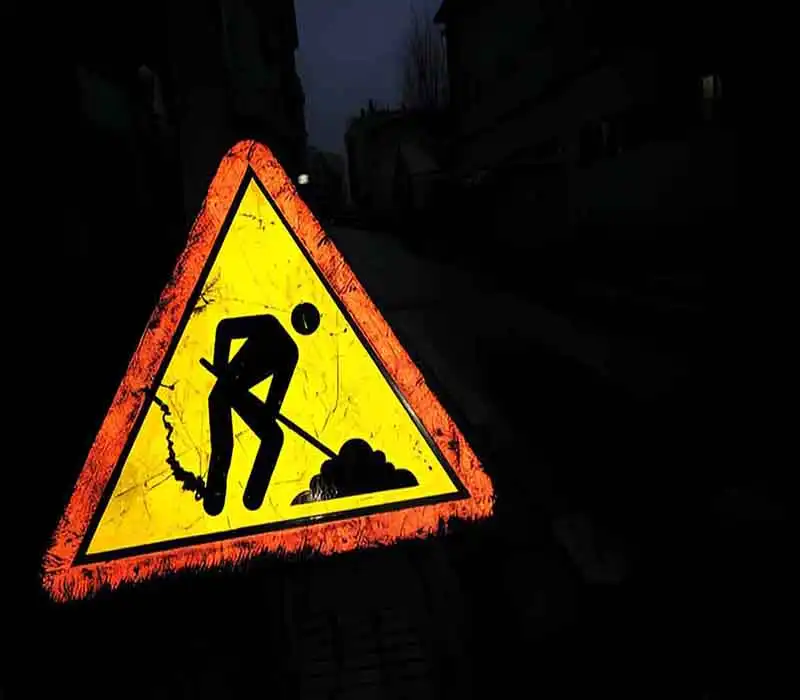
The reflective film of the highway guardrail is a reflective material that has been made for direct application. It can reflect the light of the lamp, allowing the driver to find the front object from a distance and take action. The component materials and structural designs of different reflective films are different. The lens embedded type and the lens sealed type both use glass beads as the reflection technology principle, while the reflection principle of the prismatic reflective sheeting is to use the refraction and reflection of the microprism. The lens embedded reflective film is the earliest product of the glass bead reflective film.
What are the classifications of reflective film?
- 1. The back adhesive of the reflective film is divided into pressure-sensitive type and heat-sensitive type, and the bottom plate is an aluminum plate. The construction working temperature must generally be above 18 degrees Celsius. The service life is generally 3 to 7 years, and the positive impact brightness (0.2o/-4o) is generally around 100cd/lx/m. After 7 years, the brightness is reduced to 50% of the initial brightness value.
- 2. The reflective influence coefficient of the lens-sealed prismatic reflective sheeting is at least twice that of the lens-embedded reflective film. The internal vacuum support structure also solves the problem of condensation on the traffic safety signs in my country caused by temperature changes. Further research improves the reflective ability of the learning material.
The reflective film of the large-angle microprism will not have much attenuation under large incident angles and observation angles. Therefore, our economical high-speed guardrail reflective film is mostly used in places with multiple lanes and multiple bends, and requires a traffic safety sign with a longer reading teaching time.
